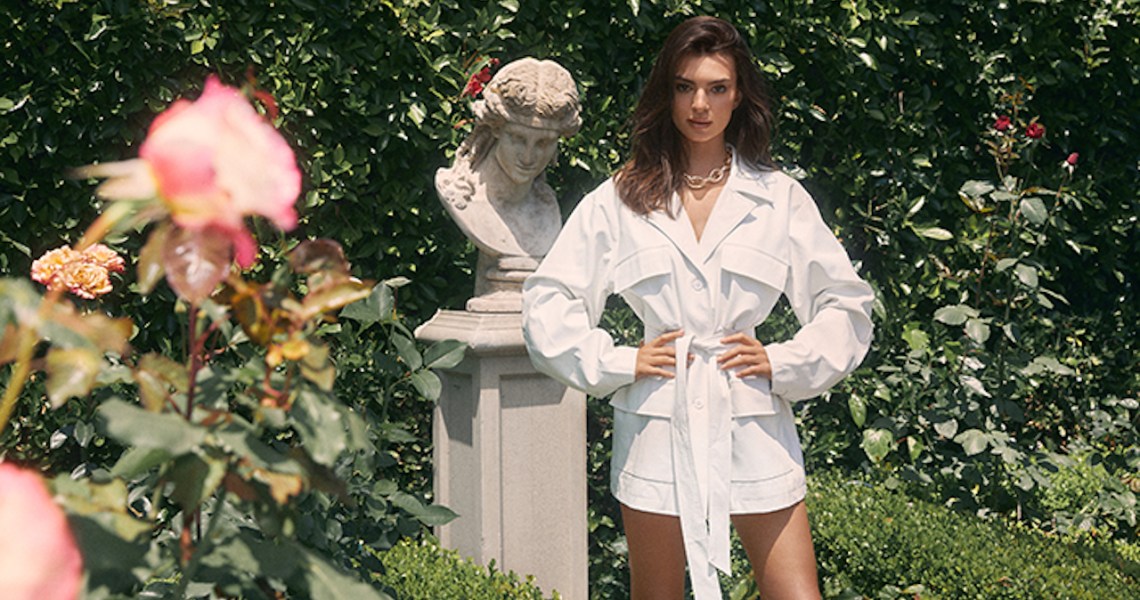Fast-fashion may be struggling, but Nasty Gal is back.
While companies from Forever 21 to H&M are faltering, Nasty Gal has seen its revenue grow, driven by success in the U.S. market, the brand said on its earnings call on Wednesday. That local growth is thanks, in part, to Nasty Gal’s focus on marketing and influencer collaborations.
“I find where they are right now to be so incredibly fascinating,” said Alexis Madison, senior digital strategist at advertising agency Deutsch NY. “You constantly hear news about this decline in the ability of fast-fashion to be profitable in this age, but then you look at someone like Nasty Gal who has done a great job of essentially visualizing the world in which their products are supposed to live. Part of that definitely comes from working with influencers,”
Nasty Gal’s parent company Boohoo Group., which purchased Nasty Gal in February 2017 after a string of troubled times for the brand, reported strong interim results on Wednesday for the last six months ending on Aug. 31, 2019. From the same period in 2018, the larger company (which also owns Boohoo and Pretty Little Thing) saw its revenue shoot up 43%, to £565 million, or $698 million. For Nasty Gal specifically, the company reported revenue of £44 million ($54 million), up 148% from the same time last year. Active customers were also up 112% percent for Nasty Gal, reaching 1.5 million for the last six months.
Where Nasty Gal is likely to see the most opportunity for growth is through its influencer collaborations, said Madison. It’s something brands like Revolve and Nordstrom have worked to perfect, bringing in big influencer names for either capsule collections or longer-term partnerships.
In June, the brand rolled out an influencer collection co-created with model-influencer Emily Ratajkowski. In the recent earnings report, the brand noted it plans to continue to focus on building on existing relationships with influencers and adding on more partners as a way to tap into those influencers’ social followings. Ratajkowski, for example, has 24.1 million followers on Instagram. Nasty Gal has 3.8 million followers.
In addition to the line with Ratajkowski, Nasty Gal worked with actress Rina Lipa in July on a curated collection. Lipa worked closely with Nasty Gal’s buying team to curate the collection and helped create the corresponding campaign. British model Chloe Lloyd has also worked with the brand on a number of collections dating back to Aug. 2018.
But the lack of control a brand has over celeb influencers makes the industry risky territory, said Nancy Rothman, vp of marketing at influencer marketing platform Sideqik.
“When working with influencers, there is that risk of becoming associated with a personal scandal or personal drama, or getting pulled into storylines that have nothing to do with the partnership,” said Rothman. “It’s just the nature of the business. The way brands can mitigate that is by creating partnerships that are more meaningful.” Many brands have moved to months-long influencer partnerships versus one-and-done campaigns.
Ad position: web_incontent_pos1
While Boohoo Group didn’t break out sales by influencer collection in its earnings, it shared that Nasty Gal saw its number of orders shoot up 150% from the same six-month period last year, hitting 1.3 million. Plus, the average number of items purchased in a single transaction was up 18%, from 2.9 to 3.44, with average order value increasing from £48.77 ($60.27) to £50.87 ($62.87).




